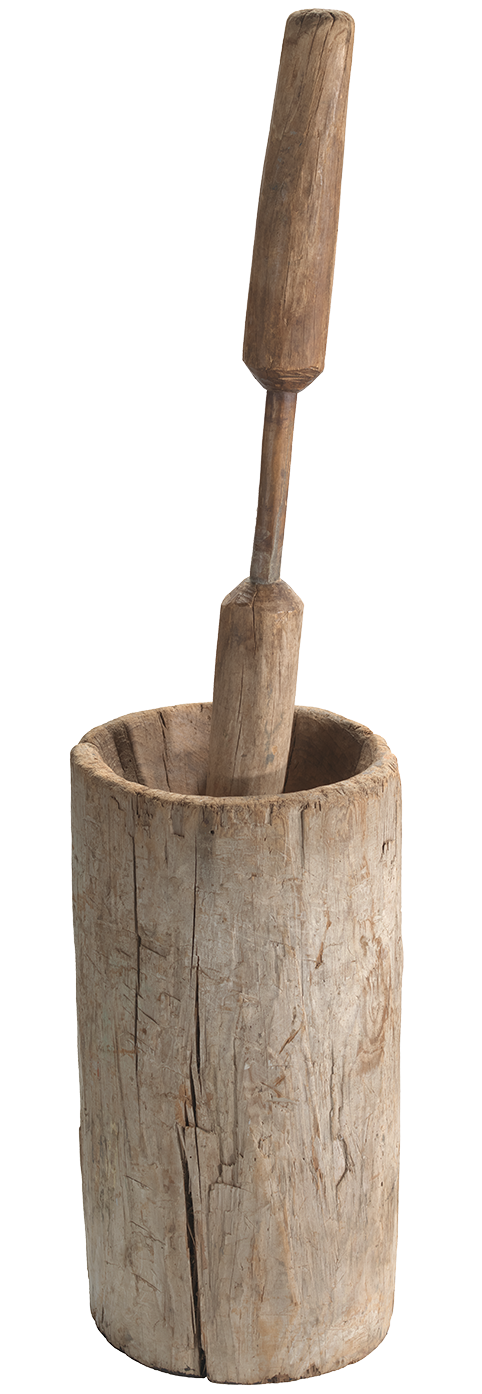Background
The colony of South Carolina was established as part of the Province of Carolina in 1663. Planters in South Carolina began bringing over enslaved women from West Africa and Madagascar in the 1690s with the goal of improving their rice harvests. Rice was a staple crop in the communities along Africa’s Atlantic coast, where women were the primary agricultural laborers. Therefore, West African women “accustomed to the practice of growing rice” were highly prized by plantation owners because their knowledge would make rice plantations more productive. Within twenty years, South Carolina produced enough rice to export the crop to England. By the 1750s rice cultivation had made South Carolina one of the richest colonies on the continent.
The enslaved women responsible for this economic success did not personally profit from their work. They were enslaved for life. Their children would also spend their lives on the rice plantations producing profits for someone else, and their success encouraged the planters to start more plantations and import more enslaved women to work on them.
About the Artifacts
This mortar and pestle for pounding grain was used in the process of threshing, or separating, grains of rice from the rice plant. Threshing was a very labor-intensive process. The mortar, or bottom piece, was a hollowed-out bowl where harvested rice hulls were placed. The hulls were pounded with the pestle, the long wooden paddle, until the grains of rice separated out. After the grains of rice were separated, the rice was sorted from the hulls by shaking them through a basket woven of leaves and grass.
The pestle of this unit is a solid piece of cypress wood that is thirty-eight inches long and weighs about twenty-five pounds. These tools were dangerous to use and could cause severe injuries.
Vocabulary
- accustomed to: Familiar with.
- export: Sending goods to another country for sale.
- hull: Hard outer shell of a seed or grain.
- mortar: A cup-shaped object made of hard material used to crush and grind plants.
- pestle: A heavy tool with a rounded end used to crush and grind plants.
- thresh: To separate a grain from a plant.
Discussion Questions
- Enslaved women performed hard labor with these objects all day. How did that labor affect their bodies over time?
- How did enslaved African women’s knowledge and labor shape the American colonies?
- Why is it important to recognize the innovations and knowledge enslaved women contributed to the development of the colonies?
Suggested Activities
- APUSH Connection: 2.6 Slavery in the British Colonies
- Use this object to introduce students to the idea that the enslaved people brought to the Americas were individuals who brought knowledge and expertise that shaped the society we live in today.
- For more stories of women and agricultural innovation, combine this document with the Patent for Cleaning and Curing Corn and the Digging Stick.
- The West African women who brought this technique to the Carolinas endured terrible hardships before arriving in the Americas. To learn more about their journey, see the resource The Middle Passage.
- Enslaved women in the Americas did different work depending on the colony they lived in. To explore these geographical differences, combine this object with the following resources:
- Use this object as a jumping-off point for a research project into the techniques, technologies, and cultural practices that enslaved people brought to the New World (i.e., music, religion, agricultural techniques).
Themes
WORK, LABOR, AND ECONOMY







